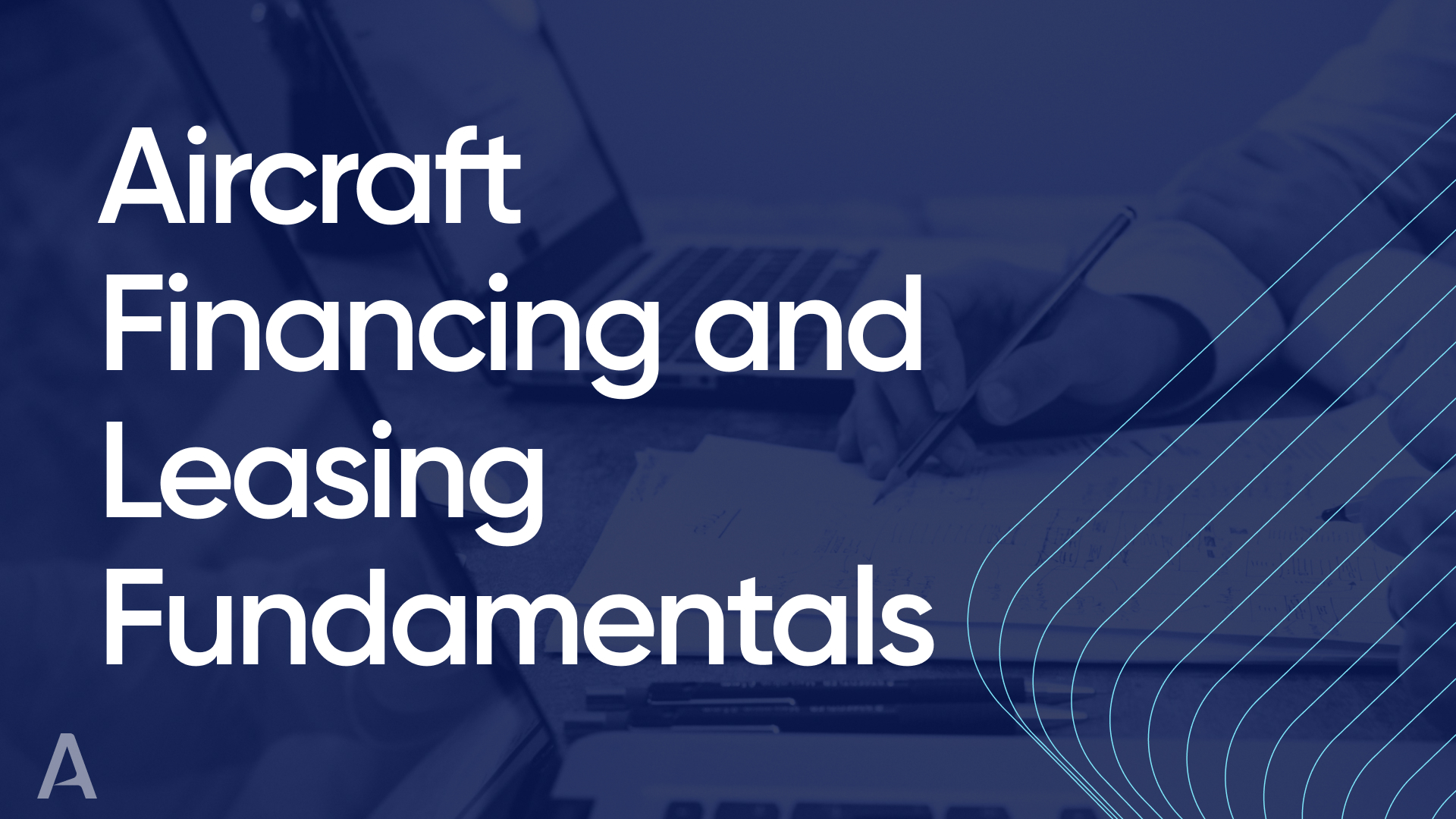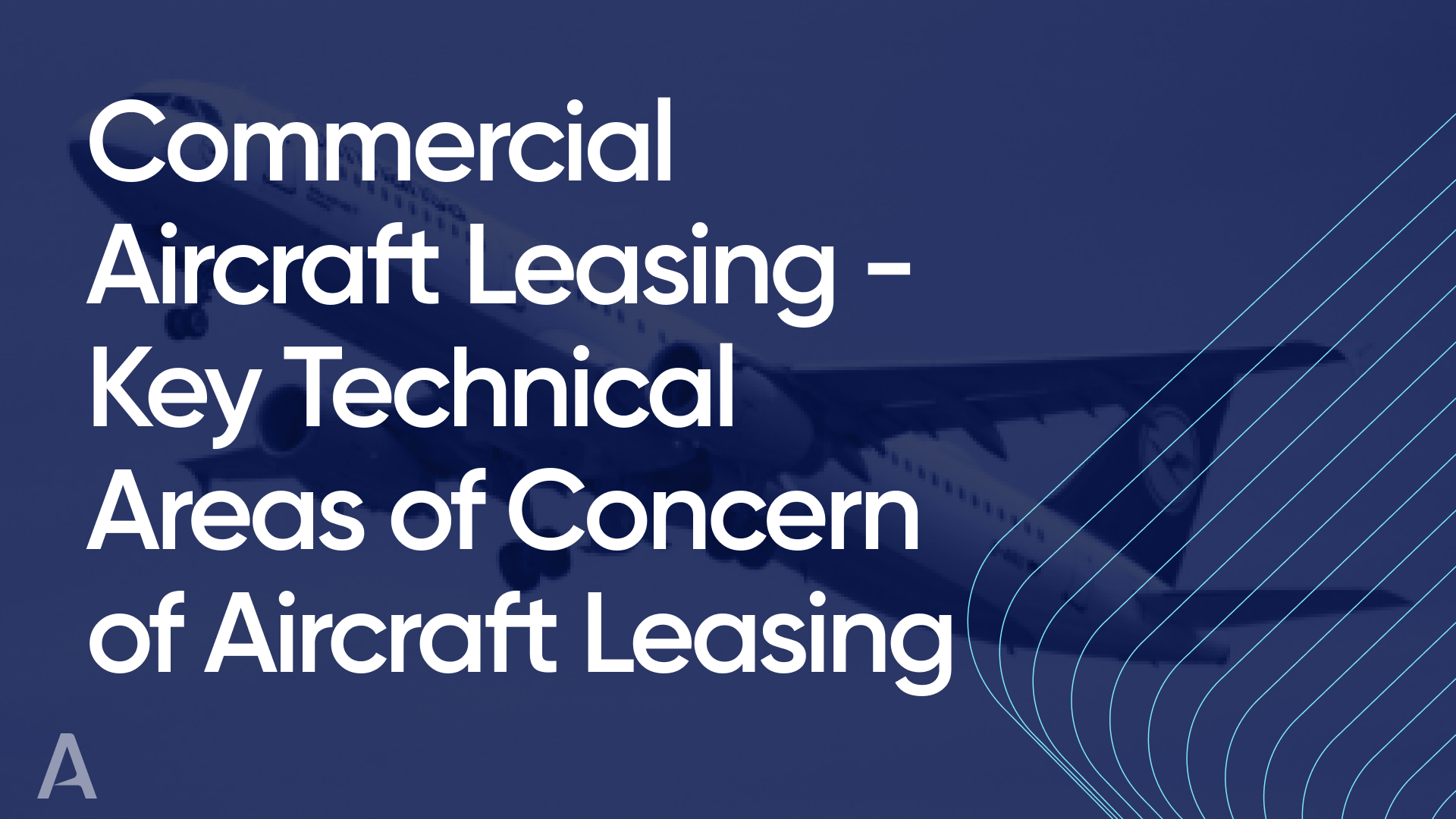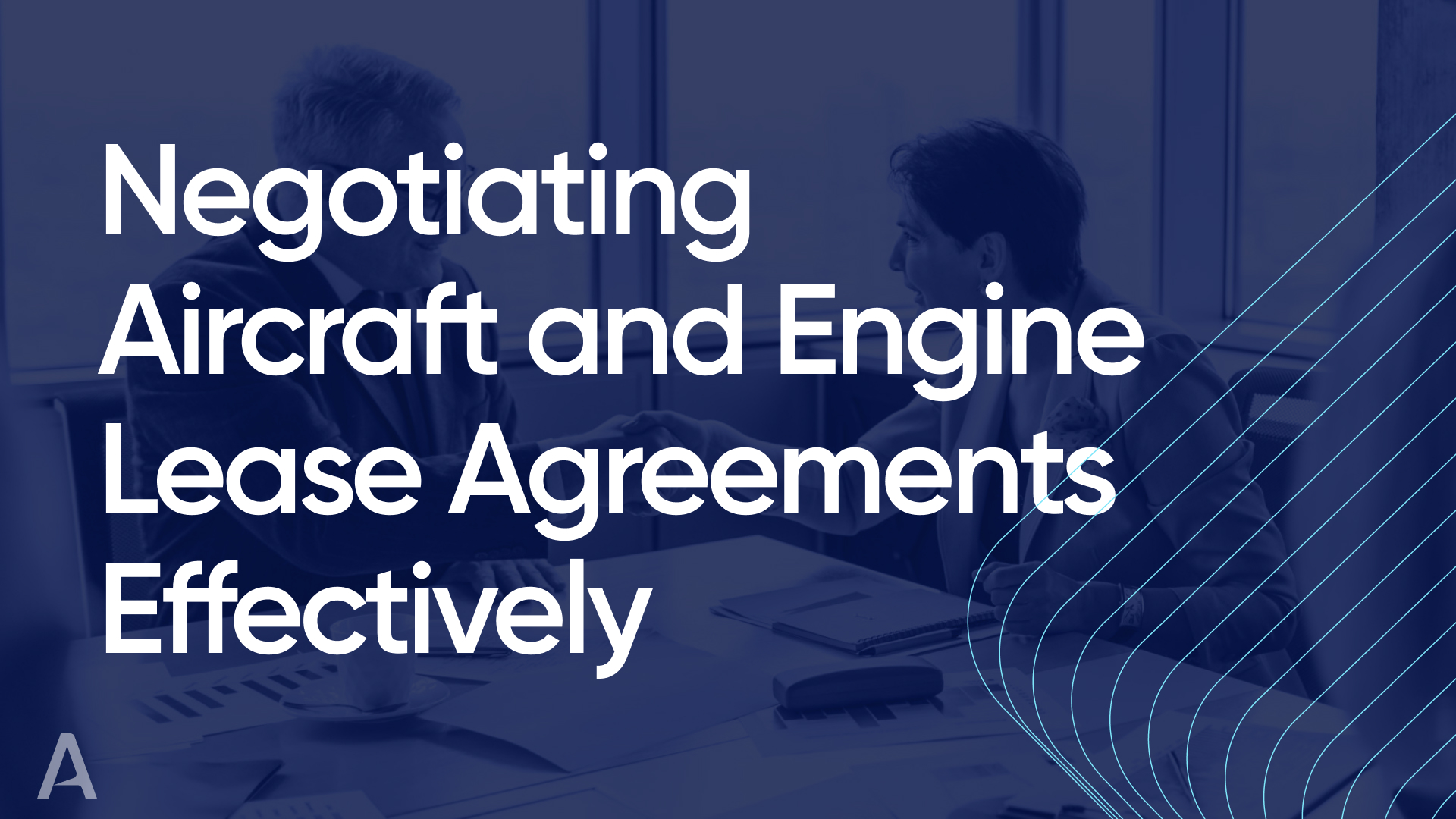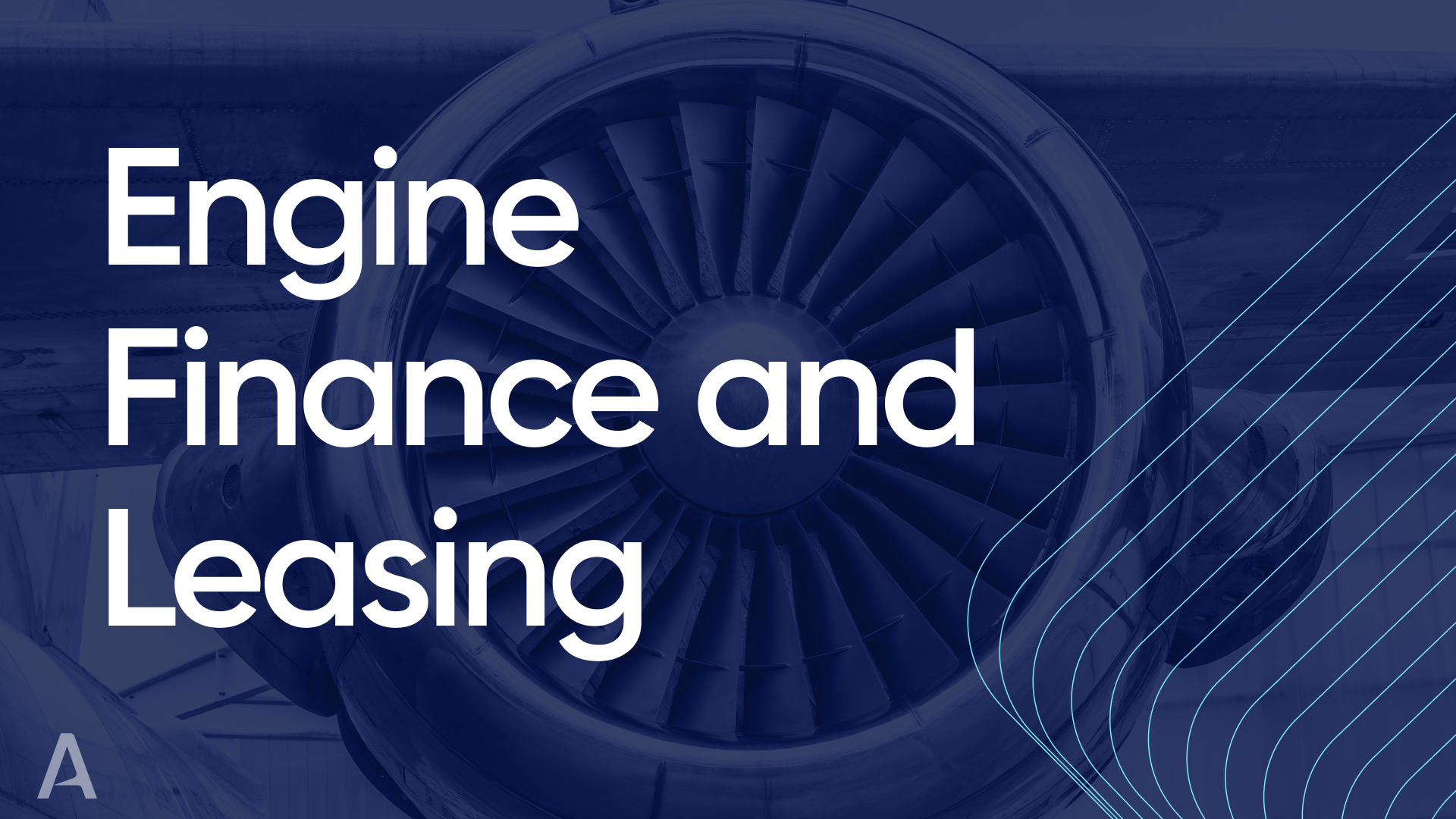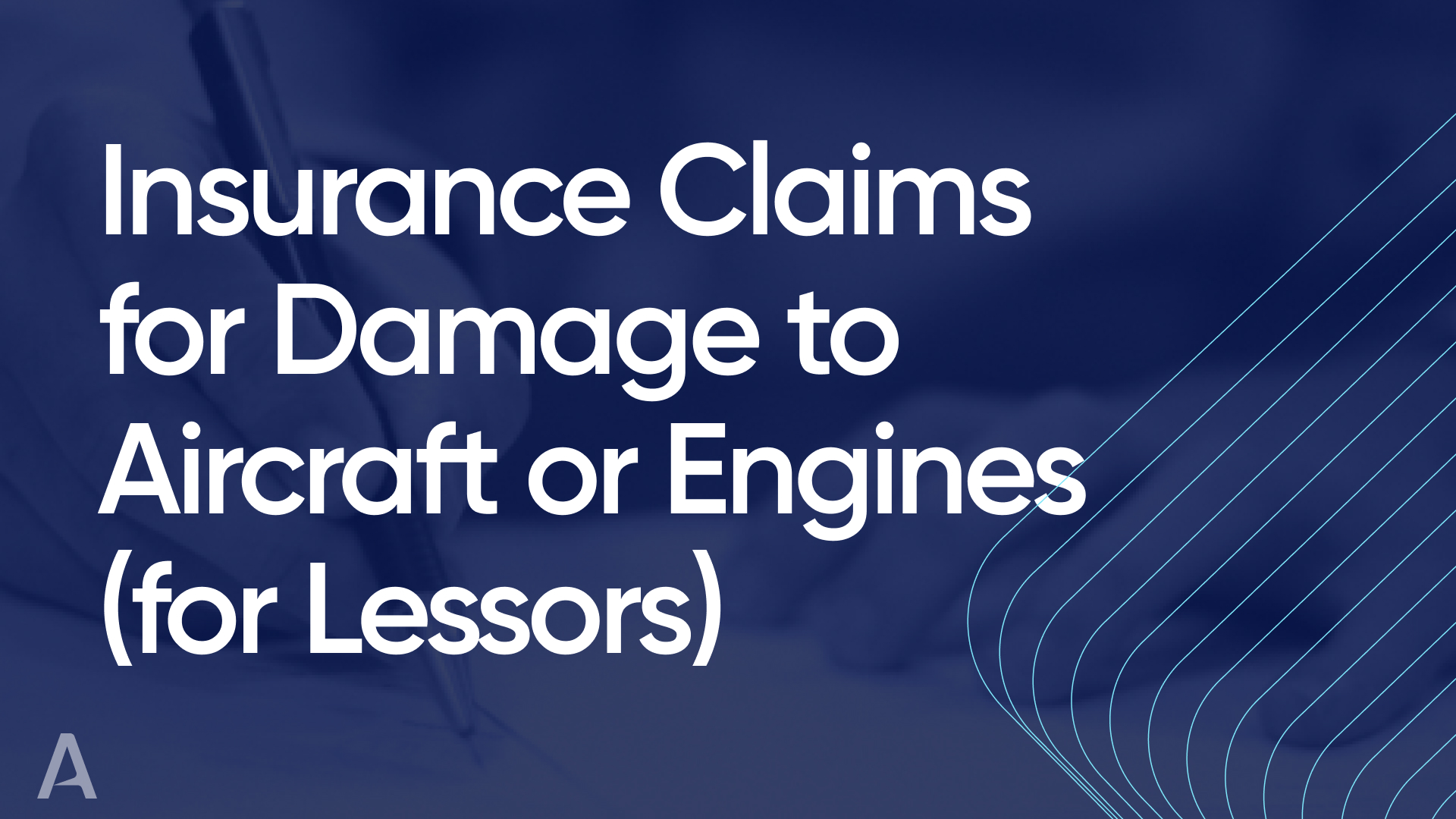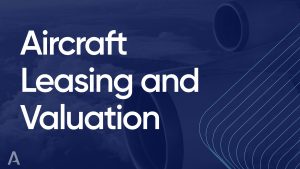Buying vs. Leasing an Aircraft
Choosing between buying and leasing an aircraft hinges on several critical financial and operational considerations. Buying an aircraft outright offers complete control and flexibility over its usage, customization, and operational decisions, making it a viable option for entities with long-term aviation needs and sufficient capital. However, this comes with significant upfront costs, ongoing maintenance expenses, depreciation, and the risk of technological obsolescence. In contrast, leasing an aircraft can provide operational flexibility, lower initial expenditure, and the ability to adapt fleet size according to changing demands. It allows operators to access newer models with advanced technology and efficiency without the long-term financial commitment and risks associated with ownership.
Wet vs. Dry Lease
The decision between a wet lease and a dry lease depends on the operator’s specific needs, resources, and strategic goals. A wet lease, where the lessor provides the aircraft along with crew, maintenance, and insurance (ACMI), is ideal for operators needing short-term capacity enhancement without the complexities of crew training and aircraft maintenance. It offers a turnkey solution, especially useful for seasonal peaks or to cover for maintenance downtime of owned aircraft. On the other hand, a dry lease, which involves leasing the aircraft alone, grants the lessee more control over operations, including the choice of crew and maintenance arrangements. This option is more suited to operators with established operational infrastructures looking for longer-term fleet expansion or replacement, offering them the flexibility to manage the aircraft according to their operational standards and regulatory compliance requirements.
